While Ford’s XA and XB were setting new sales records, the Fairlane was coming under threat in the local luxury market, which the Blue Oval had created to offer up a cheaper alternative to European and US imports. GMH and Chrysler were catching up, pitching handy contenders into the ring to challenge the dominant Fairlane, so Ford Oz CEO Bill ‘More is More’ Bourke did what any self-respecting Yank would do — he supersized it.
First published in the October 2010 issue of Street Machine

The car he created was the LTD which stands for either Lincoln-Thunderbird Division or Lincoln-Type Design, depending on which authority you listen to. It was a limousine-proportioned luxury car that measured a full five inches longer than the Fairlane and had — for the first time in an Australian-built car — four-wheel powered disc brakes.
He also released a luxo version of the Falcon hardtop called the Landau, which the dictionary defines as a four-wheeled covered wagon with a split roof that can be let down independently front and back. Both models were given the designation FA but they are also sometimes referred to as the P5.

Had the Ford Landau been fitted with a trick retracting roof it might have survived longer than its three-year run, for while the market went nuts for a cheaper alternative to Mercedes Benz and Jaguar in the LTD (particularly in the government limo market), a luxo two-door made less sense.
Still, this is a car that deserves a place in Ford’s illustrious Hall of Fame if only for the fact that it was the first Australian-built luxury coupe.

It shared its running gear and wheelbase with the XB GT hardtop and was laden with standard luxury appointments. Outside, the Landau copped the same Lincoln-style front and rear treatment as the LTD, with vacuum-actuated headlight covers and the full strip tail-lights, and it was further differentiated from the hardtop with deeper C-pillars and squared off rear side windows, plus a vinyl roof.
The interior sported a walnut veneer finish with full instrumentation in the already sexy XB wraparound dash, air conditioning with control levers mounted on the centre console, reclining front bucket seats, rear bucket seats in which only a bucket might be comfortable, electric windows, power steering, inertia seatbelts, electric rear window demister, radial tyres on 15-inch wheels, carpet on the cabin floor and boot, and leather everywhere else.
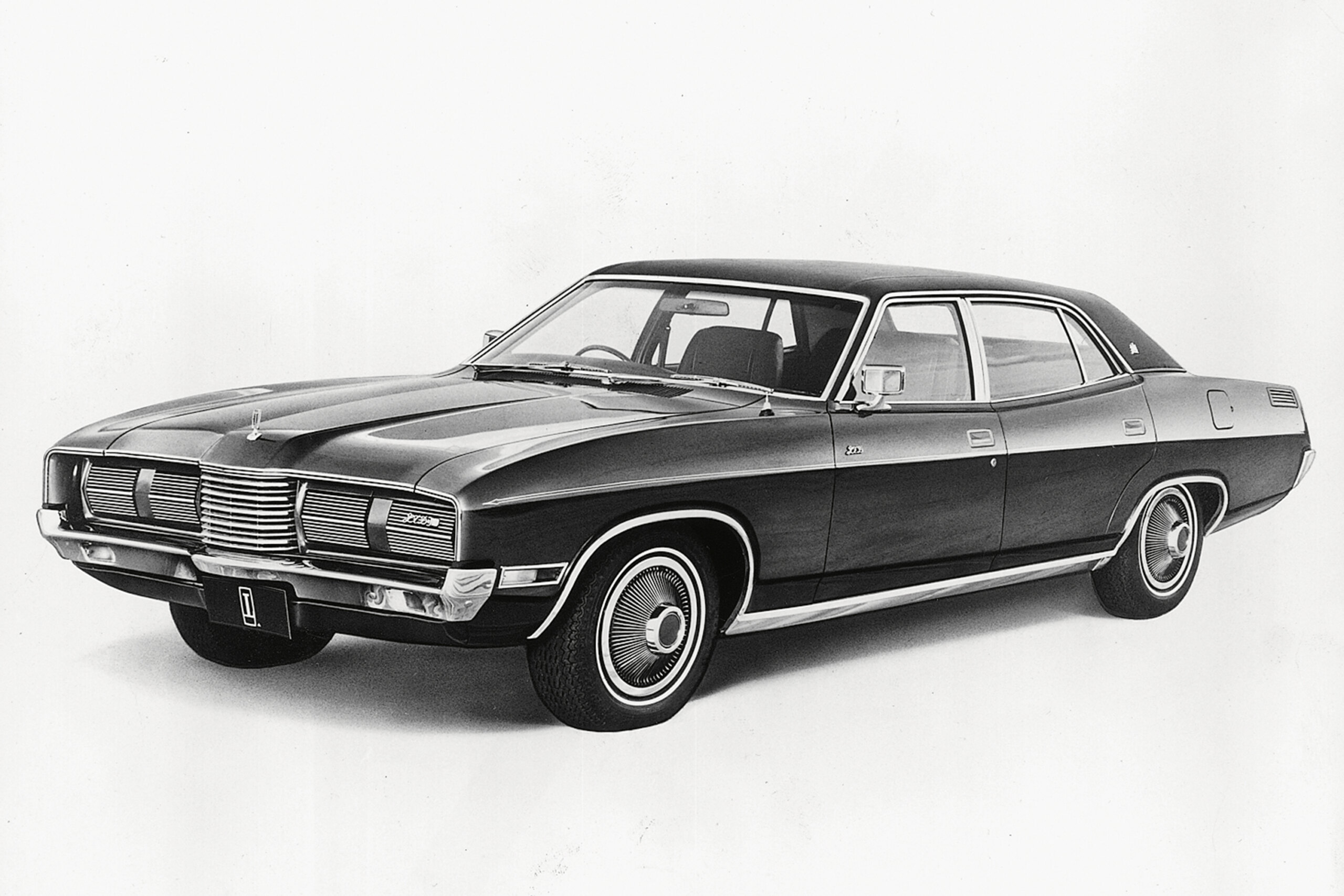
The Landau’s performance (or LTD’s for that matter) was never going to overshadow the GT, especially as it was carrying an extra 130kg , weighing in at 1719kg. Some criticism was levelled at the comfort level inside from trying to make it a genuine four-seater. The back seats provided precious little legroom, and those who could fit in the back couldn’t see out the sides past the massive C-pillars.
Meanwhile, driver comfort wasn’t quite there — the seat was too low for shorter drivers and didn’t provide enough room for those less vertically challenged — which led to speculation that Ford could have increased the car’s appeal by dispensing with the rear pews altogether and giving that space to the driver.

The Landau drew its inspiration from the Lincoln Continental Coupe, which was doing quite well over in the States, and Ford hoped it would further expand the successful Australian luxury market. But it was perhaps a little too pretentious for the Aussie cultural cringe to handle and there weren’t enough high-flying executives keen to hold onto their misspent youths to see the model survive after the 1385th Landau rolled off the line in 1976.
The LTD, however, was bang on the money. It had the specific task of providing an Australian-built affordable luxury car to challenge the Europeans, and it effectively replaced the locally assembled Galaxie as the flagship model.
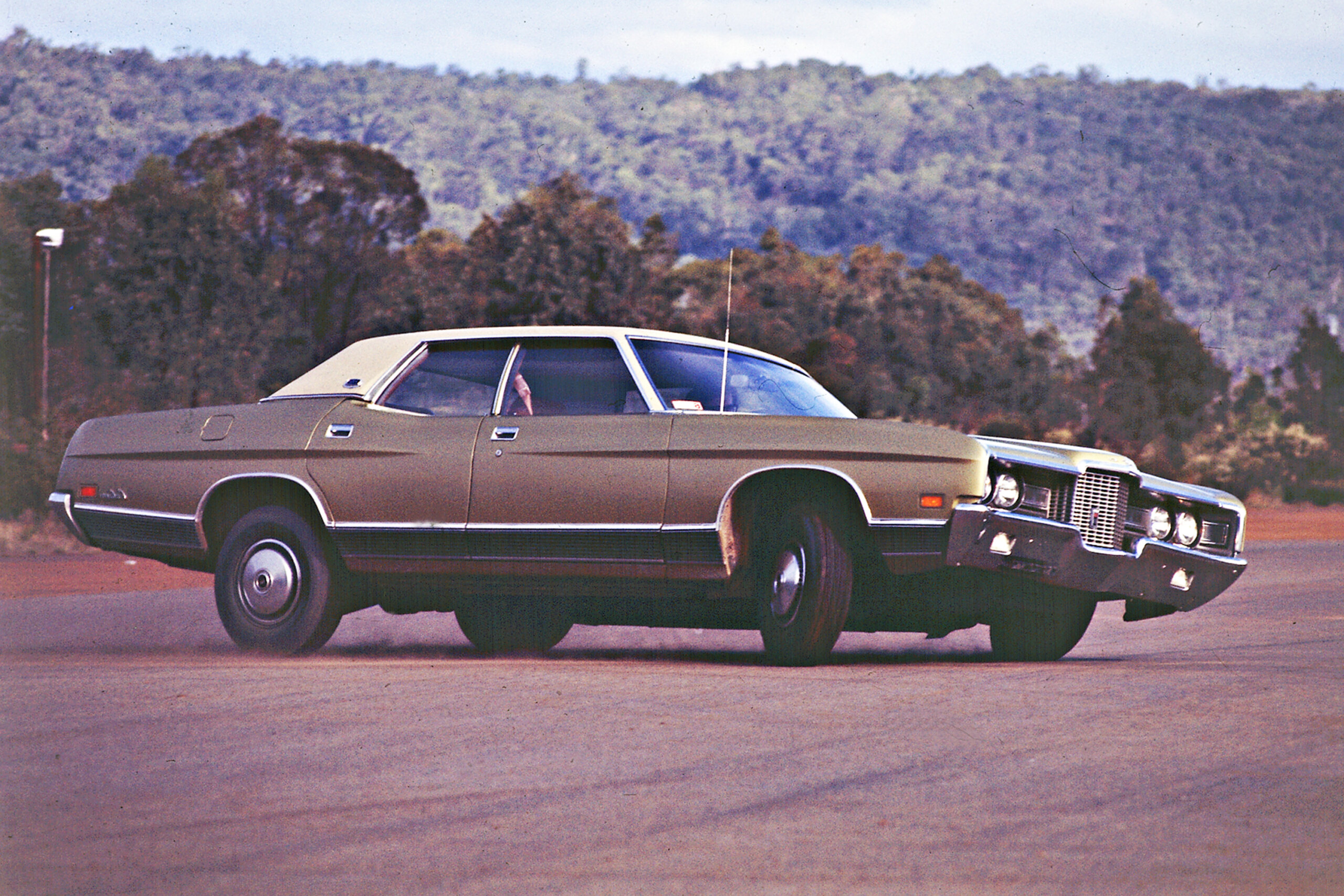
The LTD FA was 14.5 inches longer than the standard Falcon and Ford’s stylists successfully achieved that without making it look too long and ungainly. The rear doors were stretched five inches and the roofline was expanded as well, which meant rear legroom gained 5.5in over the Fairlane — a significant increase that made it a true limo.
Like the Landau, the LTD sported Lincoln Continental-style hubcaps and high-backed bucket seats, although the rear ran a bench to seat three, with a drop-down armrest if you didn’t have that many government officials to cart around. Standard options again included air conditioning with those fabulous aircraft cockpit-inspired levers, radio/cassette player, carpet and the lazy 351 engine. Some were disappointed Ford didn’t plump for a big-block to go in its new luxo cruiser but emission laws and a new consciousness for our natural resources meant the detuned small-block, coupled to the three-speed T-bar auto (as in the Landau), was the way to go.

At $7770, the P5 LTD was the most expensive Australian car on the market — $2700 more than the Fairlane — but significantly cheaper than the equivalent Europeans. In 1975 Ford introduced a limited edition LTD Town Car, with bonnet, boot lid and side stripes, cavalry twill vinyl roof, leather key ring and owner’s manual wallet, flash umbrella, under-dash storage and a stratospheric $12,418 price tag.
It was short-lived but the base model hit the mark; the value for money and Australian heritage ensured the spring-loaded LTD bonnet badge would continue in service until 2007.

TONY FRASER’S 1975 LANDAU
“I love the way it’s totally impractical,” Melbourne’s Tony Fraser says. “To me, that was everything about the 70s — it was stupidity for stupidity’s sake. It just wouldn’t survive today because you can’t see past the C pillar, you can’t sit in the back, and it fogs up.”
But he wouldn’t be without his completely original 1975 Landau.
“I was 14 when my car came off the production line and I remember seeing them on the road and thinking: ‘What a beast!’ I always had a thing for luxury cars and the Landau was the ultimate. It was sheer luck that this one came along and I was in the right place at the right time.

“I bought it in July ’07. The guy I bought it off had it from 1983 — he was the second owner and it had 80,000km on it. It was in perfect condition. I had to pass some sort of initiation before I could buy it; he was reluctant to let it go and wanted to make sure it went to a good home.”
“There are a few Landaus in our Aussie Coupes club, but you don’t see too many. There were only 1500 built and a lot of them were butchered because they had the GT running gear and they were cheap.
“I love it that much that I’ll put about 5000km on it a year. I’ll never sell it. The kids won’t get it in the inheritance either — they can bury the car with me sitting in the front seat!”

ZG FAIRLANE
With its ZF predecessor smashing sales records by shifting 20,000 units, the ZG Fairlane (below), launched in October 1973, was riding high, despite aggressive opposition from GMH and Chrysler.
While the body panels remained essentially the same, the ZG scored a new egg-crate grille and tail-light treatment. It also featured new badgework, with the Ford letters moved from the bonnet to the grille.




Ford continued to offer the Fairlane in either the budget Custom model or the up-spec Fairlane 500. The Custom came standard with the six pot, but this time with the auto ‘box, while the 500 came standard with the 302 and auto, with the 351 optioned on both.
In 1975 the Fairlane got an upgrade (and a price rise of $146) and both models copped a vinyl roof, bumper overriders, extra carpeting, improved interior trim and polished stainless steel exterior mouldings as standard.
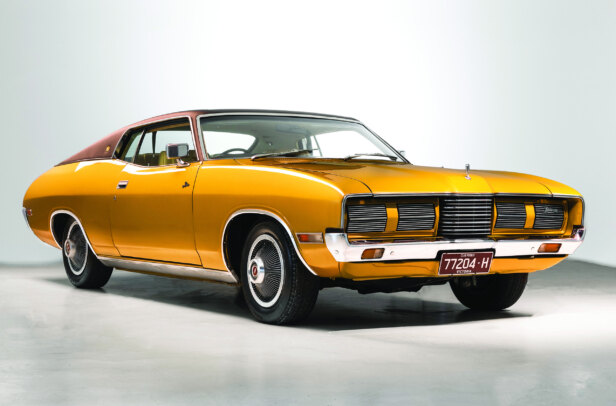
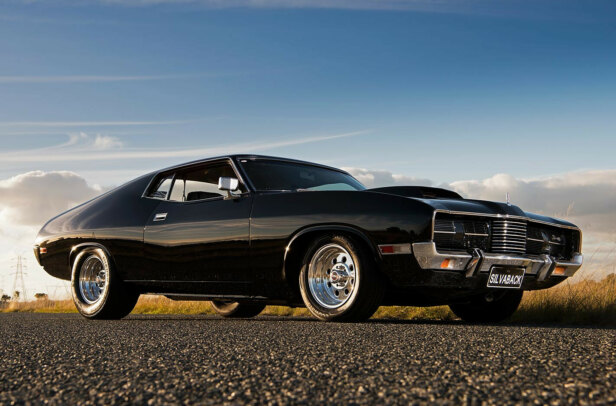
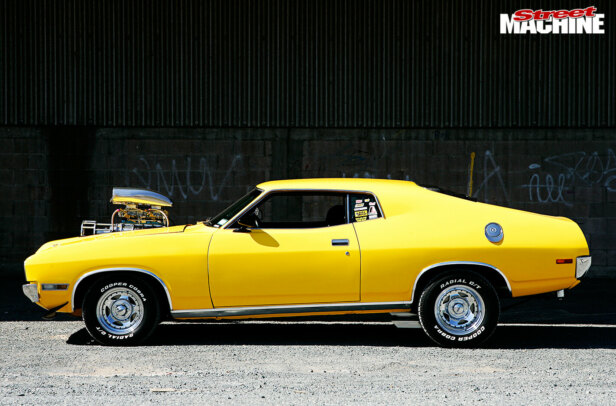
Comments